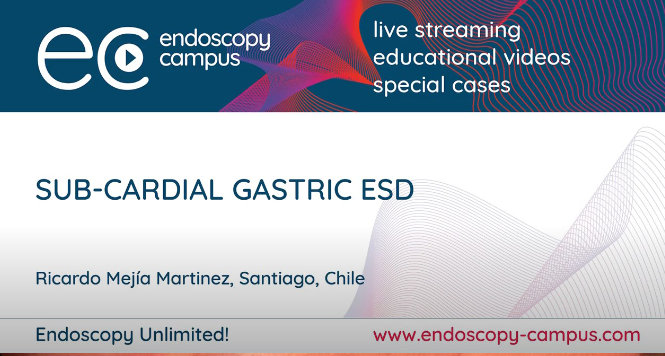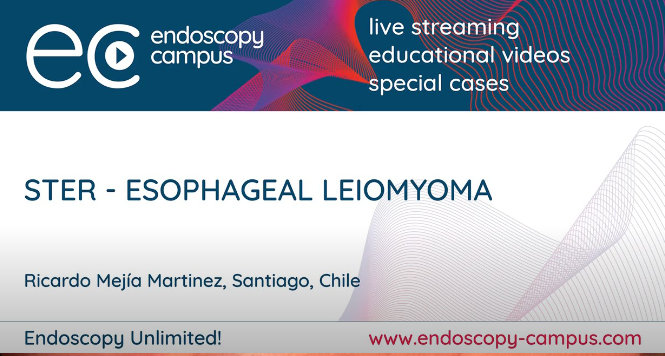Robotic Endoscopy Improves Efficacy and Safety of Endoscopic Submucosal Dissection
Prateek Sharma, MD, FASGE, reviewing Ji R, et al. Gastrointest Endosc 2022 Jan 18.
Endoscopic submucosal dissection (ESD) is technically difficult and relies on appropriate countertraction and visibility to safely remove lesions of interest. Robot-assisted endoscopy has been under study, and systems with 2 arms, such as the da Vinci Surgical System (Intuitive Surgical Inc, Sunnyvale, Calif), have been developed. This study describes a single-arm robotic device that can be attached to currently available endoscopes and manipulated by an assistant with a joystick without augmenting the endoscopist’s procedure technique.
The flexible auxiliary single-arm transluminal endoscopic robot (FASTER) device was used to compare the safety and efficacy of robot-assisted ESD and conventional ESD in a randomized preclinical study removing lesions from 6 pigs (8 simulated lesions: 4 esophageal and 4 stomach). A single endoscopist with experience performing 300 conventional ESDs and 20 FASTER ESDs performed the study procedures. The order in which the lesions were excised by FASTER was randomized to prevent a learning effect. The primary outcomes of interest were total procedure time, dissection time, and rate of direct visualization during dissection.
The FASTER-assisted procedure time was significantly less than that for the conventional ESD group at 18.8 minutes (interquartile range [IQR], 16.0-20.5) versus 32.8 minutes (IQR, 24.3-33.0), respectively (P<.001). The time for removal of esophageal and gastric body lesions was the shortest. However, there was no difference in removal time of gastric antrum lesions. The average submucosal dissection time was also less in the FASTER group, with a median time of 11.4 minutes (9.0-13.3) compared with 25.7 minutes (17.5-26.5) in the conventional arm. Visualization with the FASTER-assisted arm was also better, with a direct vision dissection rate of 96% compared with 73% in the conventional arm (P<.001). There were no perforations in the robot-assisted group and 1 (4.2%) in the conventional group. Mucosal injuries were more prevalent in the conventional ESD arm than the FASTER-assisted arm (21 vs 6; P=.018).

COMMENTThis robotic endoscope attachment improved ESD treatment time, reduced complications, and simplified ESD performed by the endoscopist in porcine models. Future studies of this device in humans could prove a real benefit to therapeutic endoscopy procedures.
Note to readers: At the time we reviewed this paper, its publisher noted that it was not in final form and that subsequent changes might be made.
CITATION(S)
Ji R, Yang JL, Yang XX, et al. Simplified robot-assisted endoscopic submucosal dissection for esophageal and gastric lesions: a randomized, controlled, porcine study. Gastrointest Endosc 2022 Jan 18. (Epub ahead of print) (https://doi.org/10.1016/j.gie.2022.01.004)


